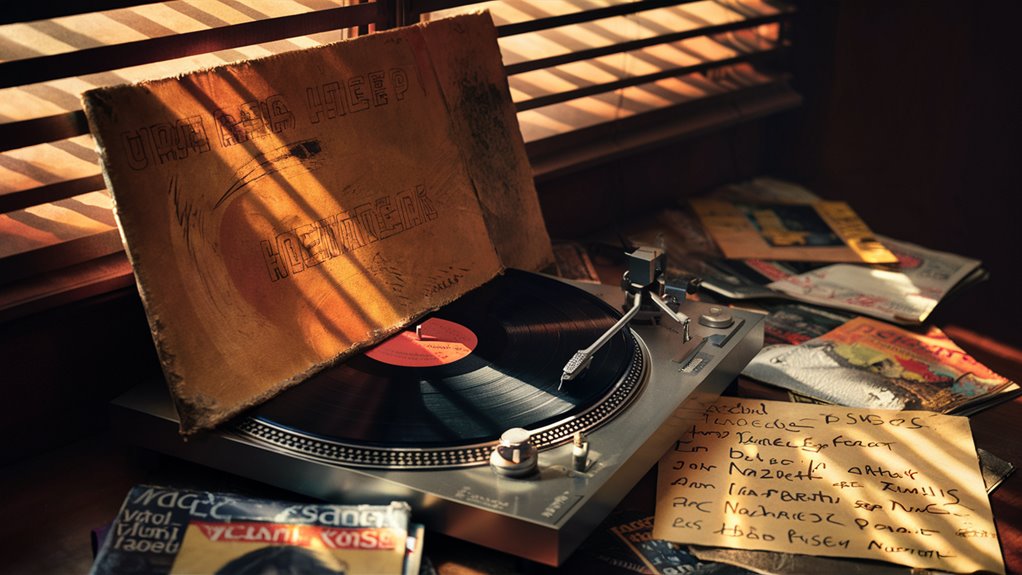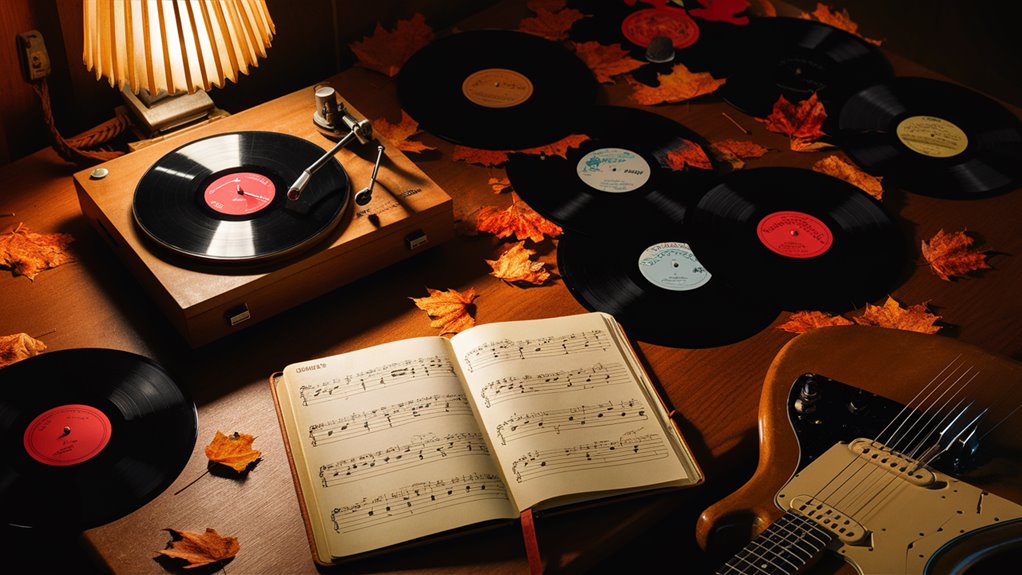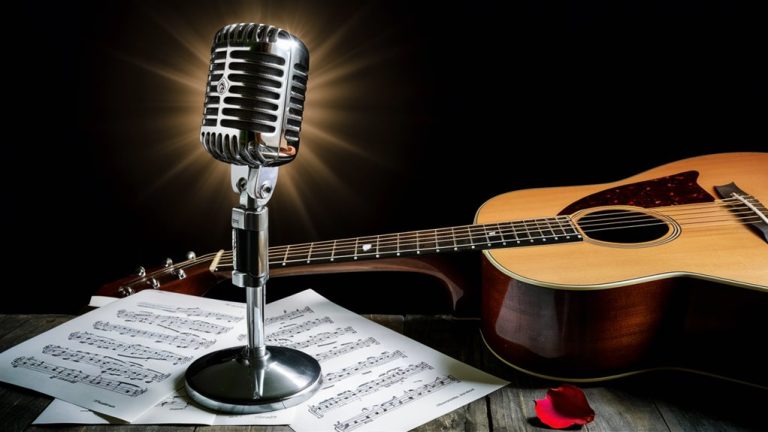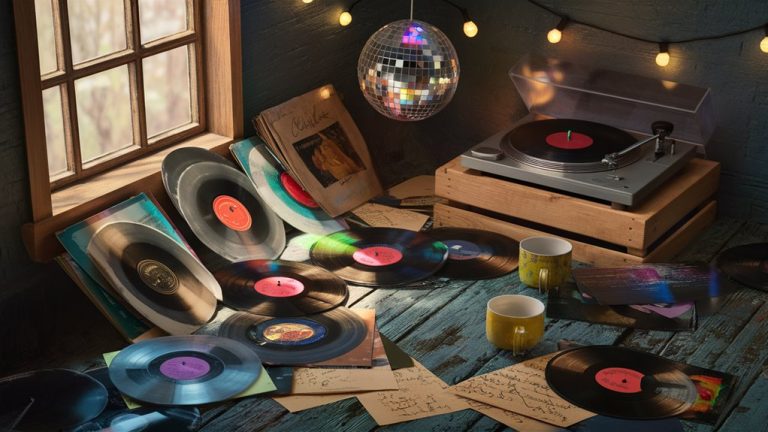
Top Rock Ballads You Missed: A Guide for New Fans

Lost Greats From the Ballad Age
While big hits like “November Rain” and “Every Rose Has Its Thorn” fill the air, many less-known rock ballads stay hidden. Such songs often beat the popular ones in new ideas and deep feels. 호치민 밤문화
Must-Know Lesser-Known Ballads
- Skid Row’s “I Remember You” is a lesson in making a great power ballad. It starts soft and goes high on electric by the end. This mix of soft and strong parts makes it stand out in the ballad scene.
- Def Leppard’s “Love Bites” brings new tricks to song making. Its deep voice layers and neat arrangement set a new bar for rock ballad making. This song’s range and true feel make it key for knowing the style.
What Makes Great Rock Ballads
The best rock power ballads all have some core bits:
- Clean guitar starts
- Harmony in guitar solos
- Big band sounds
- Ups and downs in music
- Meaningful words
What Defines a Rock Ballad
The Main Bits of Rock Ballads
Elements Key to Rock Ballads
Rock ballads mix classic song bits with rock sounds. These big tunes use slower beats, deep tales, and high singing that come together in big endings, setting them apart from plain rock tracks.
How They Are Built
The typical rock ballad setup has well-planned parts that work together. Story-like verses set the base, while the pre-chorus builds the mood. The big chorus brings the climax, often with catchy hooks and strong singing.
The Sound and Tools
Good rock ballad making plays with light and loud. The setup often includes both simple sounds and loud tools, making a rich sound setting. Gentle guitar playing and piano tunes mark the calm parts, while loud guitars and big drums push the loud parts. The singing builds from soft to full-out, showing the feels at the heart of the rock ballad style.
The Start of Rock Power Ballads
How Rock Power Ballads Began
The birth of power ballads started in the late 1960s, when rock bands mixed softness with their usual hard sounds. Led Zeppelin’s “Stairway to Heaven” (1971) set the stage as it mixed quiet parts with rising electric highs, forming a model for the next years.
Key Bits and Build of Power Ballads
Main Musical Bits
Every hit power ballad has a set build that brings big feels through planned music moves. The first parts usually show clean guitar picks or piano notes, making a gentle mood with neat play and song bits.
How They Grow
The verse setup keeps things simple, letting the singer’s tale be the star while holding the feel set before. Then, in the pre-chorus, everything slowly goes louder, building up. The big chorus brings an outburst of sound, with the whole band, loud singing, and guitar weaving.
Points That Bring Impact
Big swings in sound matter in the bridge part, going to bare bits or very loud, often with a big guitar solo. The last chorus adds more layers like big singing, more voices, or key changes. Power ballads wrap up either with a slow end or a strong last note, meant to keep the deep feels with the listeners.
Lost 1970s Rock Greats
Lost Rock Stars of the 1970s

Hidden Power Ballads and Rock Epics
- The 1970s rock world had tons of hidden hits that didn’t make it big but were awesome in music worth. Uriah Heep’s “July Morning” (1971) was a key progressive rock sound, starting new ways with bold organ play and big singing that raised the genre’s bar.
- Nazareth’s version of “Love Hurts” (1974) turned the original into a rock ballad full of new heavy feels.
- Bad Company’s “Shooting Star” (1975) sits high as a tale in song, telling a sharp warning of fame and luck through Paul Rodgers’ own voice and Mick Ralphs’ top guitar skills. In that same year, Rainbow’s “Catch the Rainbow” showed off Ritchie Blackmore’s skill and Ronnie James Dio’s strong singing. Their work together made a mix of skill and deep feels.
New Ways and Deep Feels
The end of the decade brought more hits, like UFO’s “Love to Love” (1977), which had Phil Mogg’s light voice with Michael Schenker’s new guitar moves. Thin Lizzy’s “Still in Love with You” (1974) is a perfect mix of bluesy guitar by Gary Moore and Phil Lynott’s deep songwriting, showing off the smart sound moves that defined 1970s rock.
Mark of Lost 70s Rock Greats
These unknown rock stars show off the times push for musical awesome through complex setups, new making ways, and true feels. Each track shows just how deep 1970s rock went beyond the famous hits, showing the times wide music smart and skill.
Forgotten Hair Metal Treasures
Hidden Hair Metal Hits: Key Deep Cuts from the Big Time
Lost Power Ballads of the 1980s
- The hair metal years made more than big hits like Poison’s “Every Rose Has Its Thorn” and Mötley Crüe’s “Home Sweet Home.”
- Lesser-known gems like White Lion’s “When the Children Cry” and Cinderella’s “Don’t Know What You Got (Till It’s Gone)” show the style’s wide feel range and skill in playing.
Voice and Skill Top Points
Steelheart’s “She’s Gone” is top in voice work, with Mike Matijevic’s huge four-octave range and the group’s know-how in sound highs and lows. Dokken’s “Alone Again” shines a light on George Lynch’s new guitar ways, smoothly mixing tune bits with old music vibes that would shape today’s metal ballads.
The Craft of the Power Ballad
Beyond Extreme’s “More Than Words,” the time gave us great songs like Firehouse’s “Love of a Lifetime” and Warrant’s “Heaven.” These works go past simple power ballads, showing top music wins that mix big sales appeal with deep skill.
Music Moves and Setups
Getting the Music Moves Right in Power Ballad Setups
Top Guitar Weaving Ways
Ground-breaking guitarists like George Lynch and Jake E. Lee took power ballad setups to new highs with smart weaving ways. Their deep tune bits went past basic chord moves, setting new paths for rock work. These setups start with clean picked tunes and go up to loud highs, adding slow rises and small scale runs for big mood feels.
Needed Power Ballad Bits
The must-have power ballad trio has three big parts:
- Stereo-switched clean electric guitars
- Acoustic base tunes
- Lead guitar solos with soft noise and smart bends
New sound makers add synth pads and big band bits, making deep sound layers while keeping guitars up front. This full-way work ensures big sound hits across the sound range.
Old Music Vibes in Rock Setups
- Smart power ballad work often brings in old music bits, including: Old-style back tunes
- Small run tunes
- Mode mix moves
- High-Energy Vibe for Rainy Day Sing
These smart song making ways turn usual love tunes into complex music stories. Today’s rock work keeps pulling from this rich setup past, showing the long mark of these new guitar ways and deep-set music layers.



